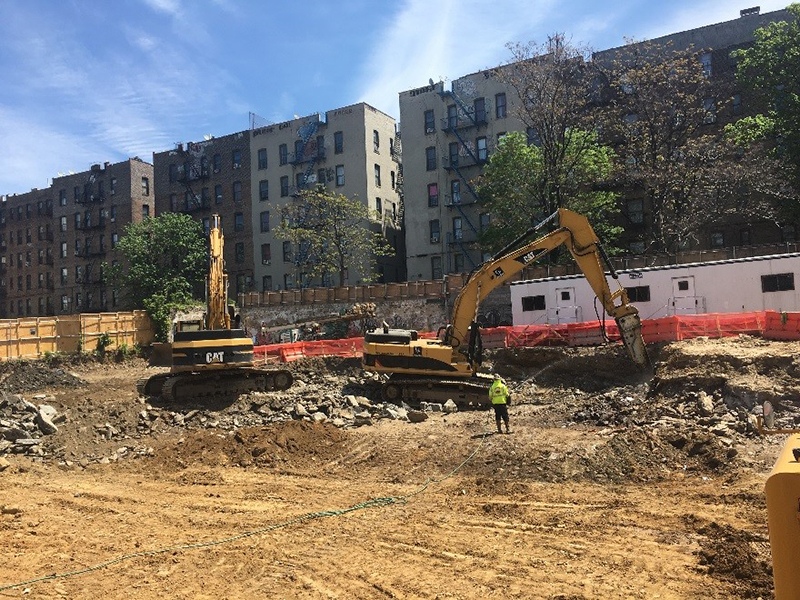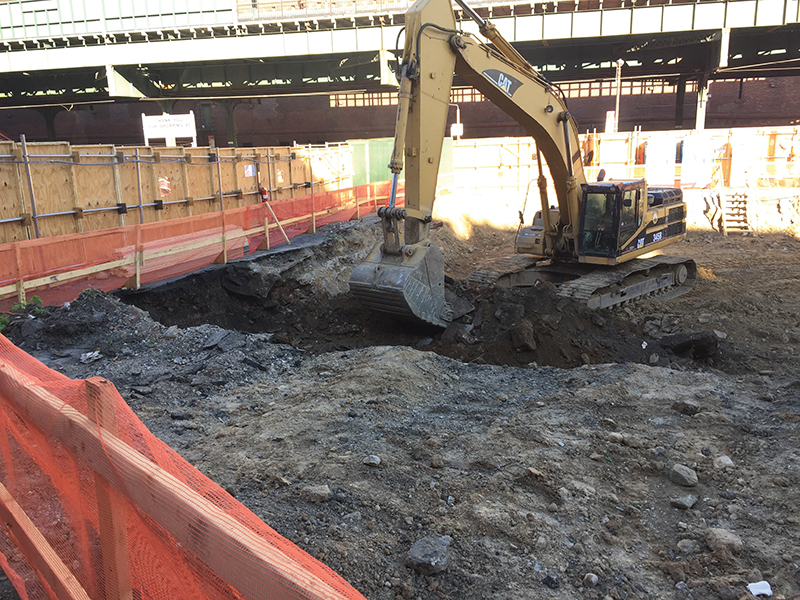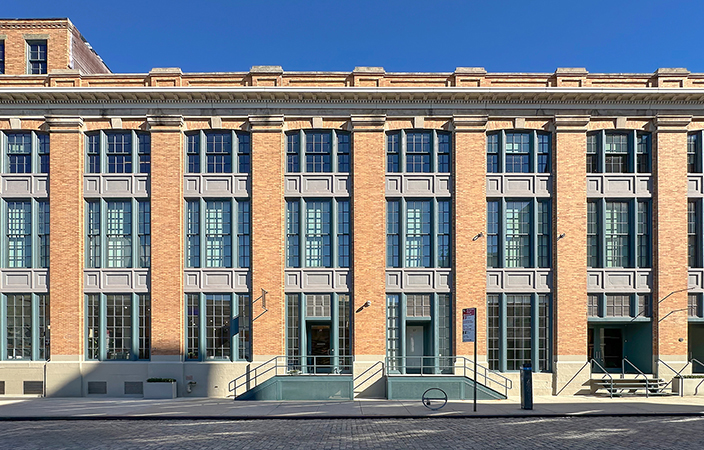New York state tax incentives fuel brownfield redevelopment - by Derek Ersbak

I believe it was Mark Twain who said, “Buy land, they’re not making it anymore.” Nowhere is that statement more relevant than New York. Land here is a valuable commodity, no matter its environmental condition. For years, New York state has been hard at work putting incentives in place to promote the redevelopment of properties that are environmentally challenged in the form of tax incentives through its Brownfield Cleanup Program (BCP).
This program can assist in the remediation of contaminated sites and offset costs by providing tax incentives in the form of a brownfield redevelopment tax credit. This credit, the value of which can reach up to $45 million, can exceed the cost of remediation and has been a catalyst in spurring the redevelopment of countless properties across New York that might have remained dormant and/or underutilized or continuing as a source of contamination to the community if this incentive didn’t exist.

The decision to redevelop a property with known environmental contamination and/or potential environmental risk can be daunting for stakeholders, but with proper planning and an experienced environmental consultant and environmental attorney, these Brownfield sites can be remediated and redeveloped for an improved use.
The first step in this process is to assemble the right team to evaluate whether a given site is an eligible BCP candidate. This typically involves engaging with an environmental consultant, such as PWGC, an environmental attorney, and performing environmental due diligence in the form of a Phase I Environmental Site Assessment (ESA) and Phase II ESA. These efforts will identify potential contaminants in environmental media (soil, groundwater, soil vapor) at the site. To be BCP eligible, contaminants must be present at levels exceeding standards, criteria, or guidance adopted by the State in excess of the standards applicable to the reasonably anticipated future use of the property. For example, for a multi-family residential development to be BCP eligible, contamination must exceed the State’s Restricted-Residential standards. The consultant and attorney will review the due diligence and provide a recommendation as to the site’s potential BCP eligibility.
If the site appears to be eligible for BCP, the next recommended step in the process is to have a pre-application meeting with the development team and State representatives to discuss the findings of the due diligence and the proposed project. While this step is optional, the State highly recommends it as it will greatly assist with project understanding and allows for the discussion of potential project issues.
Following the pre-application meeting, the environmental consultant, attorney, and development team will complete the enrollment application, which requires the applicant to provide additional supporting information and documentation relating to the site’s history, its intended use, and applicant and site owner information. Once the application is deemed complete by New York State’s Department of Environmental Conservation (NYSDEC), the application and supporting documentation is subject to a 30-day public comment period. Following the comment period, NYSDEC provides notification of acceptance or rejection into the program. If accepted, NYSDEC and applicant will enter into a Brownfield Cleanup Agreement (BCA), the execution of which is a milestone. This is when a tax professional with brownfield redevelopment experience should be contacted to discuss BCP tax credits and to track project costs.

Once the BCA is in place further investigation of the nature and extent of the existing contamination sufficient to develop a remedial plan is required. The consultant prepares a Remedial Investigation Work Plan (RIWP) that is subject to NYSDEC approval and a 30-day public comment period. Once approved by the state the investigation is commenced and a Remedial Investigation Report is prepared outlining the findings.
The findings of the investigation are utilized to prepare a Remedial Action Work Plan (RAWP), which evaluates several remedial options for the site. The enrollee, if a volunteer in the program, is allowed to select the preferred remedy so long as it is sufficient to protect human health and the environment. The RAWP is subject to state approval and a 45-day public comment period. Upon approval, remediation may commence for the property following the accepted protocols outlined in the RAWP. A properly planned project will combine the remediation with the redevelopment of the property for cost and time savings. Throughout the remedial process, the development team works closely with the state to ensure compliance with the RAWP and coordinate acceptance of any deviations.
Upon completion of remedial activities and achievement of acceptable conditions, as determined by the state, a Final Engineering Report (FER) is prepared by the consultant. If engineering controls are required as an element of the remediation, a Site Management Plan (SMP) may also be required.
Upon verification by the state that the FER and SMP are complete and accurate, the state will issue a Certificate of Completion (COC) for the project. The COC is issued at the end of the calendar year when remediation is completed. After issuance of COC, the project can begin the tax filing to gain access to the earned credits.
Derek Ersbak, PG, is vice president of the environmental unit at P.W. Grosser Consulting, Inc., Manhattan, N.Y.
Area 15 welcomes new tenant openings, signs more experiences coming in 2026


Strategic pause - by Shallini Mehra and Chirag Doshi

Lower interest rates and more loan restructuring can help negate any negative trending of NOI on some CRE projects - by Michael Zysman

Behind the post: Why reels, stories, and shorts work for CRE (and how to use them) - by Kimberly Zar Bloorian









.jpg)

.gif)